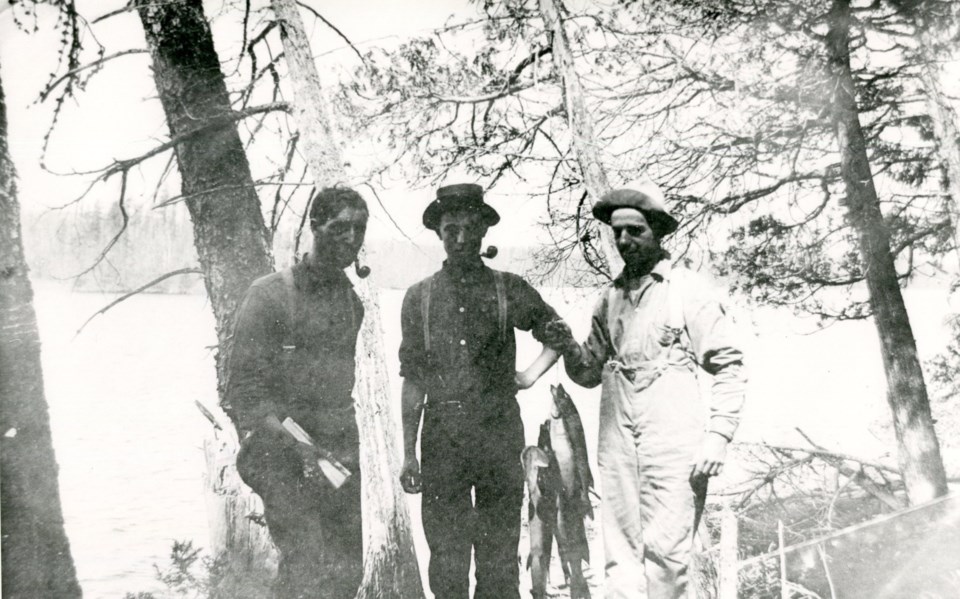This time of year, one can typically spot various type of watercraft filled with eager anglers scattered across our lakes and rivers. Many are also preparing the garden for a plentiful season of growing. Summer means fishing and gardening season is upon us! In June of 1922, things were pretty similar, the waters were stocked with fish and many people were after a fresh catch.
This same week in 1922, 45,000 salmon trout and 5,000 bass fry were received by the Porcupine Rod & Gun Club from the Department at Toronto. The fish were scattered across the lakes and creeks within the district. The club also distributed rice in the Frederickhouse Lake as well as salmon trout in Wealthy Creek, Wealthy Lake, Flynn Creek, and Little Trout Lake. These waters were selected with careful consideration. They planted the rice as a way to feed and care for the wild waterfowl along the waters.
In the fall of 1921, the club planted rice in Frederickhouse Lake for the fowl. The rice was wrapped in the clay and was carried to the lake where holes were made in the ice and the rice dropped through, the clay made the lumps sink to the bottom and the rice rooted itself in the mud. The rice had success in growth and Frederickhouse Lake was a popular spot amongst the wild waterfowl.
Each week, the Timmins Museum: National Exhibition Centre provides TimminsToday readers with a glimpse of the city’s past.
Find out more of what the Timmins museum has to offer here and read more Remember This columns here.



